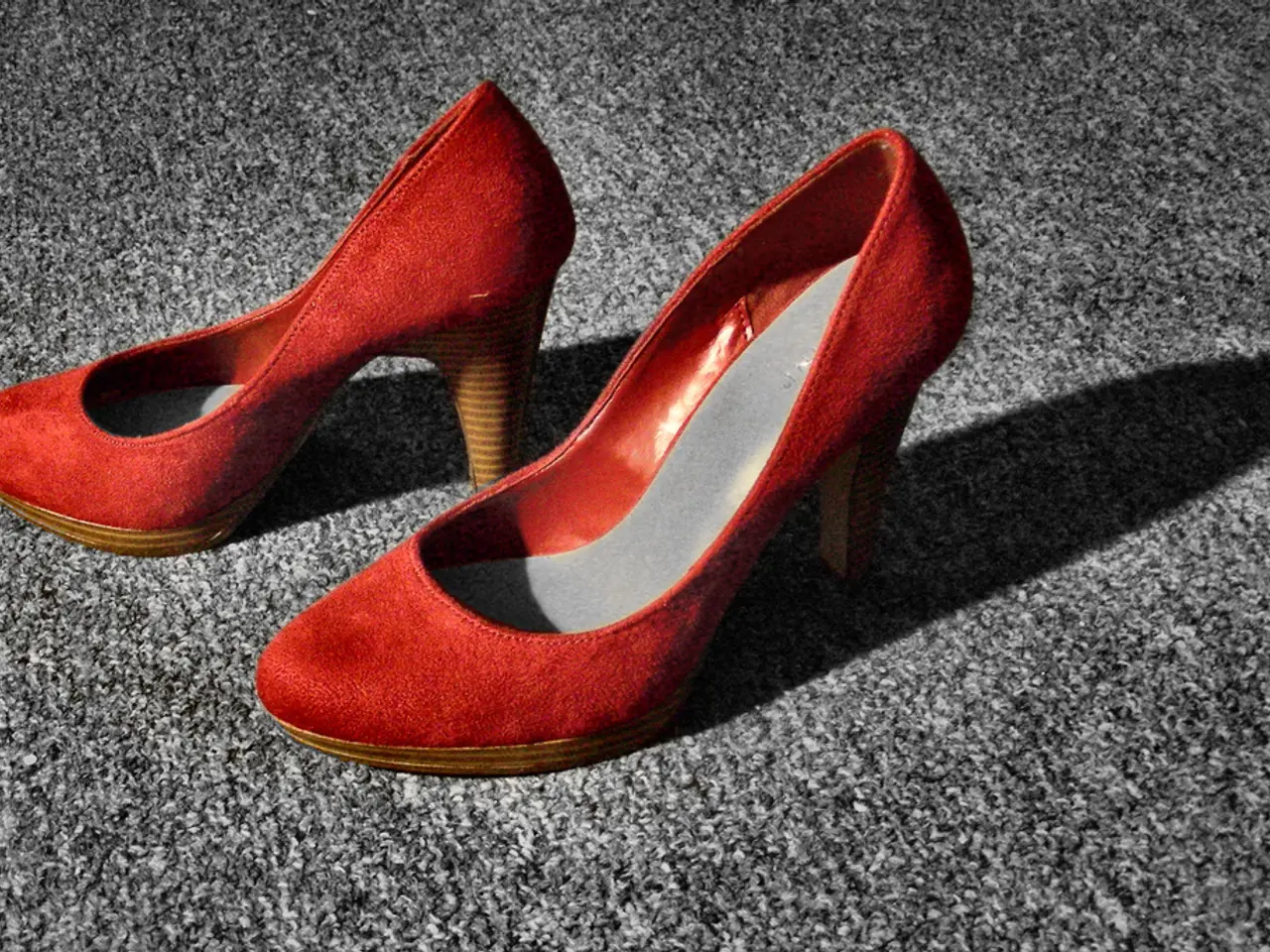The Benefits of Running Barefoot and a Guide on How to Begin
=====================================================================================
Walking barefoot can offer numerous benefits, such as strengthening foot muscles, improving balance and posture, and enhancing proprioception (body awareness). However, it's essential to be mindful of potential risks, particularly for those with certain health issues.
Benefits of Barefoot Walking
Barefoot walking engages small stabilizing muscles that are less active when wearing shoes, leading to stronger foot muscles and arches. It improves balance and proprioception by sending rich sensory information to the brain, helping to lower the risk of falls. Barefoot walking encourages a natural foot strike pattern, reducing heel striking and overstriding, which can improve alignment up through hips and spine and prevent back pain.
Moreover, walking barefoot on grass or natural terrain can promote relaxation, mental clarity, and overall well-being by connecting you with nature’s sensory environment.
Risks and Considerations
Physical injury is a significant risk when walking barefoot outdoors, as you may encounter cuts, punctures, bruises, or burns from rough or sharp surfaces. Bare feet exposed to contaminated soil or surfaces can pick up fungal, bacterial, or parasitic infections.
People with diabetes, neuropathy, circulatory issues, or compromised immune systems should be cautious or avoid barefoot walking due to reduced sensation and higher infection risk. Outdoor surfaces like asphalt or sand can become very hot, causing burns.
Tips for Safe Barefoot Walking
To safely incorporate more barefoot time into your daily life, start gradually by beginning with short periods barefoot indoors on clean, safe surfaces. Choose safe environments for outdoor barefoot walking, such as natural, clean surfaces like grass or smooth soil rather than rocky or urban pavement.
Regularly inspect your feet for cuts, scrapes, or signs of infection, especially if you have health concerns. Maintain foot hygiene by washing feet thoroughly after barefoot activities and keeping nails trimmed. Use barefoot shoes or minimal footwear as a transition, as they provide protection while letting your feet move more naturally.
Be mindful of weather and surface temperature outdoors to avoid burns or cold injuries. If you have medical conditions, consult a healthcare professional before increasing barefoot activity.
In summary, walking barefoot indoors and outdoors can strengthen feet, improve balance and posture, and enhance body awareness, but requires caution regarding injury and infection risks, particularly for those with certain health issues. Gradual introduction and attention to environment and foot care can help you safely increase barefoot time.
Consciously planning time for barefoot walking in your own garden can help incorporate more barefoot walking into your daily life. The formation of calluses can occur when walking barefoot, and it's important to remove them carefully to prevent open wounds or corns, especially for diabetics.
There is a risk of injury when going barefoot outdoors due to sharp objects like glass shards. Walking on socks or stockings can have a similar effect to walking barefoot indoors. Healthy individuals can start going barefoot with caution, but those with deformed feet, conditions like flat feet, bunions, or knock knees should consult a doctor first.
The risk of injury when going barefoot outdoors due to sharp objects like glass shards still applies. On lawns, there is a risk of stepping on bees or wasps when going barefoot. The foot muscles need time to adapt to barefoot walking, and it's recommended to start slowly, only walking barefoot and without socks on soft surfaces for about five minutes initially.
Going barefoot helps promote better joint stability and body balance in the long run. Those with nerve damage that affects foot sensation, such as those with diabetes, have a higher risk of injury when going barefoot and should consult a doctor first.
So-called barefoot shoes can also be helpful, as they provide protection while allowing the feet to process various stimuli from different surfaces through the nerve endings in the soles. Going barefoot helps train our foot muscles, potentially reducing the risk of conditions like plantar fasciitis.
Going barefoot allows our soles to experience different sensations, stimulating nerve endings and contributing to better body awareness and posture. It's not explicitly stated in the text whether going barefoot is suitable for seniors and children.
- Incorporating a conscious plan for barefoot walking in your garden can help strengthen foot muscles and improve body awareness, but it's important for seniors and children to exercise caution, as they may have different sensitivity levels or health issues that could increase the risk of injury.
- Beyond health benefits such as strengthening foot muscles, improving balance, and promoting relaxation, barefoot walking can also contribute to better fitness and sports performance, as it encourages a natural foot strike pattern that enhances alignment and reduces the risk of injuries up through the hips and spine.




